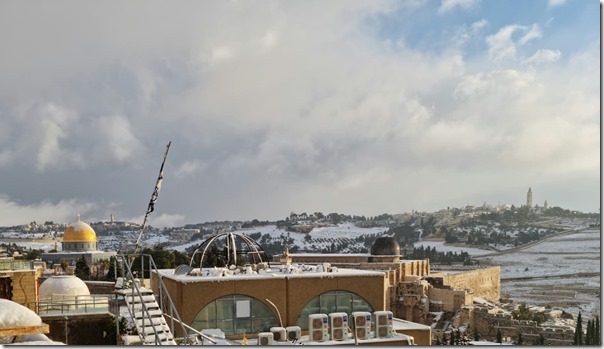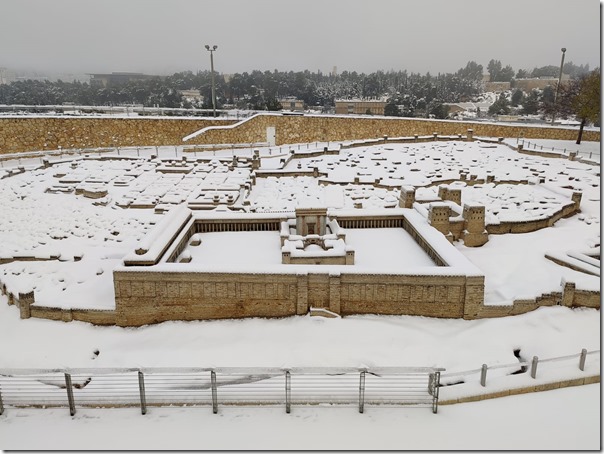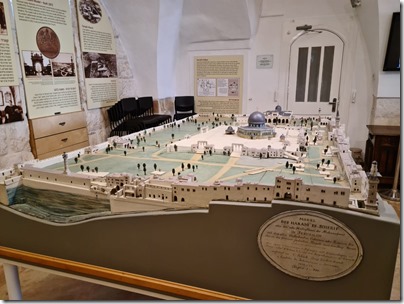A marble column from a Byzantine church was discovered by a beach patrol near Ashdod.
Tel Jarmuth (Yarmuth) is now surrounded by the fast-growing city of Beit Shemesh. The relationship between the community and the archaeologists may serve as a model for others.
A plan to expand the Jerusalem Walls National Park to include 68 additional acres, many on the Mount of Olives, has been shelved following opposition from church leaders.
The Times of Israel provides an overview of the $40 million renewal project of Jerusalem’s Tower of David Museum, slated to be finished by the end of this year.
Andrew Califf provides a fascinating look into “a day in the life of an antiquities crime-buster in Israel.”
i24News reports on lions in the Holy Land, including comments from Natan Slifkin, director of the Biblical Museum of National History.
Susan Schmidt has released a new video on “Hiking to the 11 Qumran Dead Sea Scroll Caves and Scrolls Trail.” This 6-minute tour not only introduces the new trail but it identifies where each of the 11 caves are located.
Ynet has an article about the new Dead Sea Scrolls Trail. The article is in Hebrew, but Google’s translation is pretty good.
Hybrid lecture on March 3 in Jerusalem: “The Foundation Date and Northern Defenses of Aelia Capitolina,” by Jodi Magness.
Zoom lecture on March 9: “Architectural Development of Ancient Galilean Synagogues,” by Paul Flesher.
Leen Ritmeyer has created a beautiful reconstruction drawing of the Magdala synagogue. His post provides more details about the synagogue, and a non-watermarked version of the reconstruction is available in his impressive image library.
Bible History Daily provides a summary of three pilgrimage paths from Galilee to Jerusalem, based on a recent BAR article by Jeffrey P. Garcia.
Oded Lipschits has been awarded the 2022 EMET Prize in Archaeology.
Israel is dropping its requirement for tourists to be vaccinated as of March 1.
How can photos, drone videos, and illustrations help you and your audience better understand the Bible? Brad Gray provides a valuable guide to a number of available resources and how they can be used (17 min).
HT: Agade, Joseph Lauer, Keith Keyser, Arne Halbakken, Alexander Schick


